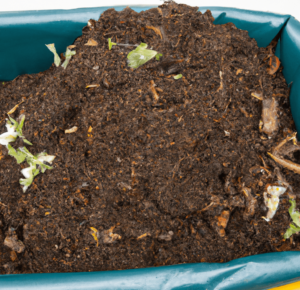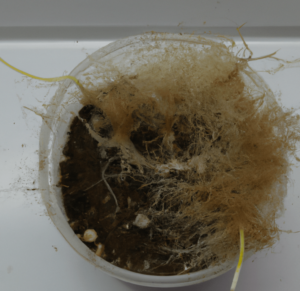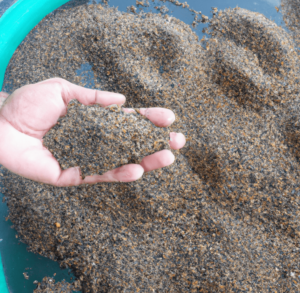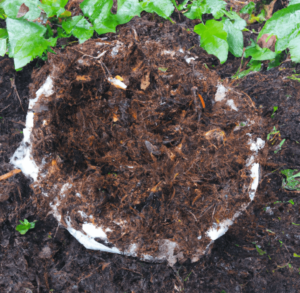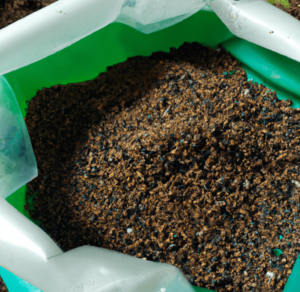Due to its high quantities of nitrogen, calcium, and phosphorus, all of which are necessary for good plant growth, bone meal has long been a favorite among farmers and gardening enthusiasts. It’s a sort of organic fertilizer made from steamed or raw animal bones that are ground into a fine powder. Bone meal is a great supply of nitrogen, which is necessary for good plant growth and development, encourages the creation of chlorophyll, and is a fundamental component of amino acids. Let’s talk about all of the benefits of using bone meal as a fertilizer!
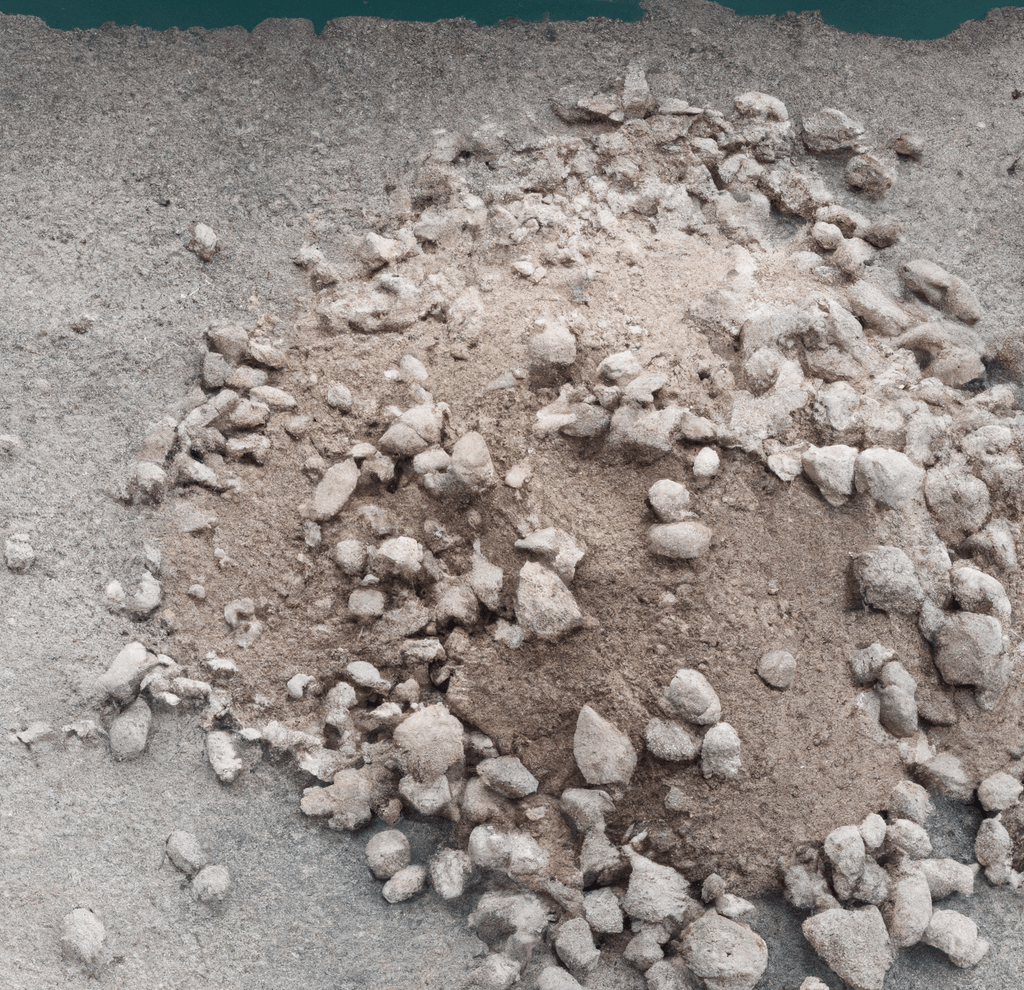
Nutritional Value of Bone Meal
Traditional organic fertilizers like bone meal have been used for millennia to strengthen the soil and encourage plant development. Bone meal, which is made from the pulverized bones of animal carcasses, is a great source of important nutrients, especially phosphorus. Along with nitrogen and potassium, phosphorus is one of the three major macronutrients needed by plants, and it is essential for root growth, flower and seed production, as well as overall plant health.
The benefits of using bone meal as a fertilizer include the fact that gardeners and farmers can provide plants with the vital phosphorus they require to grow by adding bone meal to the soil. Using bone meal as fertilizer has two advantages. First of all, it slowly releases phosphorus over time, giving plants a steady source of nutrients for several months. Second, incorporating organic matter and expanding the population of advantageous soil bacteria, it contributes to enhancing the soil’s general structure and fertility.
Bone meal has advantages for both plants and the soil in addition to the plants. As a result of improved soil structure and increased water-holding capacity brought about by the organic matter in bone meal, roots can more easily access water and nutrients and penetrate the soil. Additionally, bone meal promotes soil aeration, which is crucial for root development and overall soil health.
High Levels of Phosphorus and Calcium
Due to the high quantities of calcium and phosphorus in bone meal, which are crucial elements for plant growth and health, it’s a desirable addition to soil. These two nutrients are crucial for plant growth, and flowering, as well as the storage and transport of energy. The development of sturdy cell walls, which serve as a solid framework for the remainder of the plant, depends on calcium as well.
The benefits of using bone meal as a fertilizer include that it can increase the nutrient content of the soil, making it better suited for growing a range of plants. This is particularly true for soil that is deficient in calcium and phosphorus, as bone meal can supply the nutrients required to sustain normal growth and development. As a result, plants that get enough calcium and phosphorus from bone meal are frequently more robust and productive, have better root systems, and stronger cell walls, and produce more flowers and seeds.
Trace Elements and Micronutrients
The benefits of using bone meal as a fertilizer include that it’s derived from the pulverized bones of animals and also contains a variety of other trace elements and micronutrients that are vital for the health of plants and soil. Bone meal’s a source of important macronutrients like phosphorus as well as trace elements like calcium, magnesium, sulfur, and others that are vital for plant health and growth.
Numerous advantages are provided by these micronutrients and trace elements for soil as well as plants. For instance, calcium is necessary for cell division and the growth of sturdy stems and roots, whereas magnesium is crucial for the production of chlorophyll and general plant metabolism.
On the other hand, sulfur is a crucial part of many plant enzymes and enhances soil structure by boosting the number of advantageous microorganisms. The advantage of employing bone meal is that it slowly releases these nutrients over time, giving plants a reliable source of nutrients over a period of months. Bone meal also aids in enhancing soil fertility and structure by providing organic matter, which makes it simpler for roots to penetrate the soil and get water and minerals.
Comparison to Other Organic Fertilizers
While there are many alternative organic fertilizers available like fish emulsion, bone meal stands out due to its high calcium content and its capacity to offer the soil and plants a special range of advantages. The benefits of using bone meal as a fertilizer include that, unlike many other organic fertilizers, it has a high calcium content, which is necessary for the development of sturdy cell walls and the control of numerous critical plant activities.
Additionally, bone meal is a great supply of phosphorus, which is essential for flowering and the development of roots. When compared to other organic fertilizers, bone meal provides specific minerals that are crucial for good plant growth and development, giving soil nourishment a more concentrated focus. For instance, some organic fertilizers may have high nitrogen concentrations but low calcium and phosphorus concentrations. Bone meal can aid in the growth of healthy plants, the improvement of root systems, and the promotion of copious blossoming and seed production by offering a well-balanced combination of important nutrients.
How to Use Bone Meal
Now that you know about the benefits of using bone meal as a fertilizer, here’s how to use it:
- It’s crucial to know that bone meal distributes its nutrients gradually over time and should be put into the soil prior to planting.
- Incorporate the bone meal into the soil at a depth of approximately 6 to 8 inches as opposed to simply spreading it on top.
- When planting bulbs, flowers, or shrubs, or when attempting to promote blossoms, bone meal can be put into the soil at any time. It’s also an excellent choice for veggies like tomatoes, peppers, and potatoes that need a lot of phosphorus.
In addition to its direct advantages for plants, bone meal helps enhance the fertility and structure of the soil. Bone meal contains calcium, which can assist in preventing soil compaction and regulating soil pH. This can then enhance the soil’s general health and encourage greater plant development.
Application Rates
When using bone meal as a fertilizer, it’s important to consider the appropriate application rate to ensure the best results. Bone meal contains high levels of phosphorus, which is essential for root development and flowering in plants, but too much phosphorus can be harmful and can interfere with the uptake of other essential nutrients. Here’s how to use the benefits of using bone meal as a fertilizer to your advantage:
- As a general guideline, it’s recommended to apply bone meal at a rate of 2 to 3 pounds per 100 square feet of soil. This application rate can vary depending on the type of plants you are growing, the stage of growth they are in, and the current soil nutrient levels. To ensure the best results, it’s important to carefully follow the instructions on the bone meal packaging and to use a soil test to determine the current levels of phosphorus and other essential nutrients in your soil.
- When using bone meal, it’s also important to consider the other amendments you may be adding to your soil, such as compost or other organic fertilizers. These amendments can also provide essential nutrients and can impact the overall nutrient levels in your soil. To ensure the best results, it’s important to carefully consider all of the nutrients your plants need and to choose the right combination of amendments to provide the right balance for your specific growing needs.
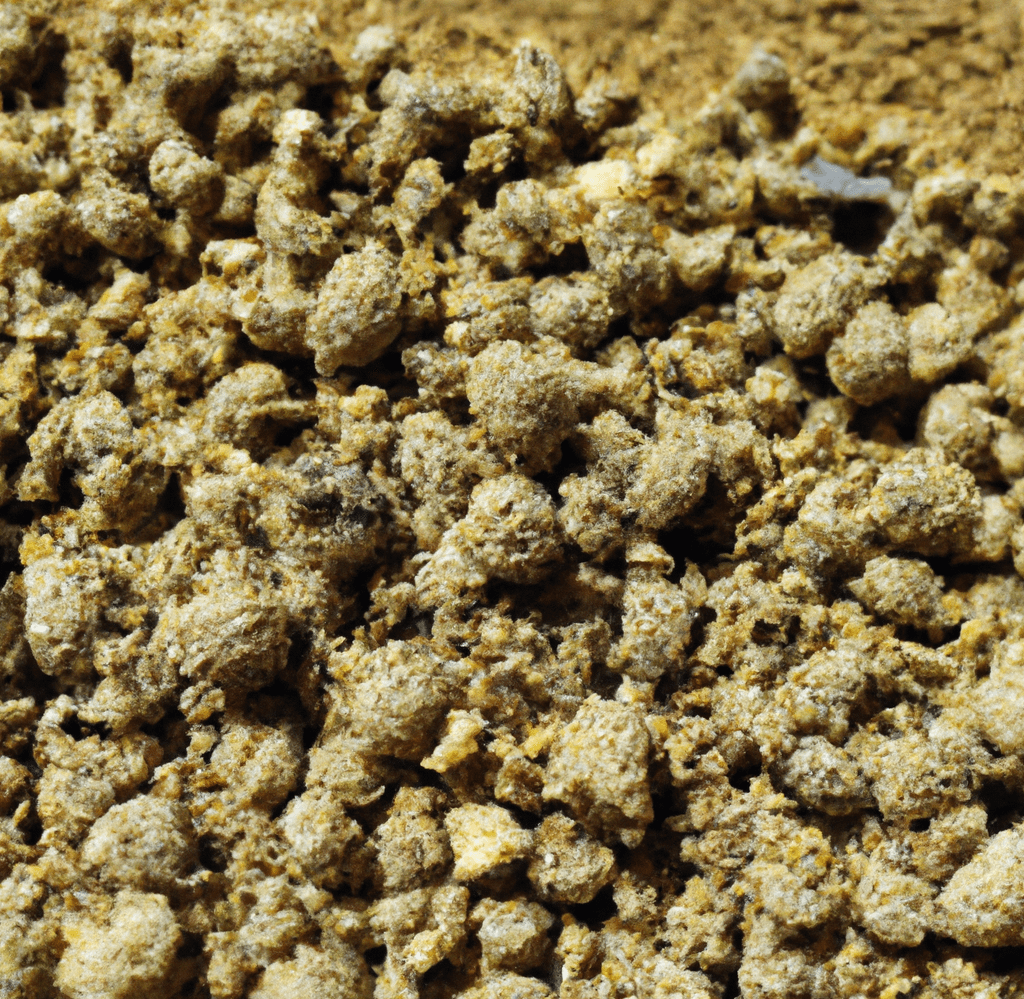
Application Methods
To reap the benefits of using bone meal as a fertilizer, use the following application methods:
- Prior Incorporation: The most efficient way to use bone meal is to incorporate it into the soil prior to planting. This enables the plant roots to assimilate the nutrients in the bone meal as they develop. Simply incorporate the bone meal into the soil at a depth of 6 to 8 inches to accomplish this.
- Top Dressing: Applying bone meal to the soil’s top layer will still provide benefits even if your flowers or veggies have already been planted. This procedure, known as a top dressing, works best in the spring or early summer. Simply scatter the bone meal over the soil at the bases of your plants and give it a good drink.
- Root Soil: Adding some bone meal to the soil around the roots of young plants before transplanting them is a good idea. This will provide the plants with a fast burst of nutrients and help them adapt to their new habitat more quickly.
Bone meal is a slow-release fertilizer, which means that its nutrients are released gradually over time. This is advantageous for the plants because it avoids an unexpected spike in nutrients that can be damaging.
Safety Precautions
Although bone meal is a great fertilizer for plants, it’s vital to use it on your farm or garden with caution. Inappropriate use of bone meal, which is formed from the finely ground bones of animals, can cause it to contain high concentrations of phosphorus.
It’s crucial to pay attention to the application rate while using bone meal and to carefully follow the directions on the container. Overuse of bone meal can result in phosphorus buildup in the soil, which can impede plants’ ability to absorb other crucial nutrients and be bad for the ecosystem of the soil.
Bone meal can also be appealing to animals, who might be lured to eat it and end up getting sick as a result. It’s crucial to keep bone meal in a safe, animal-proof location and to only use it as instructed in order to guarantee the security of the soil and the surrounding environment.
Benefits of Using Bone Meal
In short, here are the benefits of using bone meal as a fertilizer:
- Increased root development and plant growth: The calcium and other minerals present in bone meal can aid in the development of strong roots, which will enhance plant growth and general health.
- Increased soil health and fertility: Bone meal can increase the soil’s fertility by introducing crucial nutrients, creating a healthier environment for plants to develop in.
- Reduced dependence on synthetic fertilizers: By using bone meal as a natural fertilizer, you may encourage a more environmentally friendly and sustainable method of farming and gardening.
Bottom Line: The Benefits of Using Bone Meal as a Fertilizer
The benefits of using bone meal as a fertilizer, a fertilizer formed from ground-up animal bones, are plenty! Bone meal contains a significant amount of phosphorus, which is necessary for good plant development and can raise the soil’s overall fertility. Additionally, bone meal provides other crucial elements like calcium that can aid to enhance the soil’s quality and the health of plants. It’s critical to use bone meal correctly to get the most out of its advantages.
Bone meal can be added to the soil before planting or by incorporating it into the soil around the base of plants for gardeners and farmers. Additionally, existing plants can be top-dressed with bone meal, however this approach might be less successful. To maintain a balanced supply of nutrients to the soil and plants when using bone meal as a fertilizer, it is crucial to adhere to the prescribed application rates and use it in conjunction with other fertilizers.
To get the best results, though, it’s crucial to utilize bone meal correctly and in conjunction with other fertilizers like seaweed which has its own benefits. Whether you are a farmer or a gardener, adding bone meal to your routine for caring for your soil can help you grow plants that are healthier and more productive.
The Benefits of Using Bone Meal as a Fertilizer FAQs
Bone meal: What is it?
An organic fertilizer known as “bone meal” is created by grinding heated or raw animal bones into a fine powder.
What are the benefits of using bone meal as a fertilizer?
High levels of calcium, phosphorus, and nitrogen-all essential for healthy plant growth-can be found in bone meal. It gives plants the essential phosphorus they need to thrive, releases phosphorus slowly over time, enhances soil structure and fertility, and contains trace elements and micronutrients that are crucial for the health of both plants and soil.
What macronutrients makeup bone meal?
Nitrogen, phosphorus, and potassium, the three main macronutrients required by plants, are all found in abundance in bone meal.
How can using bone meal help the soil?
Bone meal aids in improving the structure and fertility of the soil as well as supplying essential nutrients to plants. It boosts soil aeration, expands the number of beneficial microorganisms that can grow there, and increases the soil’s ability to store water.
What distinguishes bone meal from other organic fertilizers in terms of benefits?
Bone meal has a high calcium content and supplies particular elements that are essential for healthy plant development and growth. Contrary to other organic fertilizers, which may have high nitrogen concentrations but low calcium and phosphorus concentrations, it provides a well-balanced combination of crucial elements.
When is the ideal time to use bone meal?
Before planting, the soil should have a layer of bone meal integrated into it at a depth of roughly 6 to 8 inches. It can be applied whenever planting bulbs, flowers, or shrubs, as well as when encouraging blooming.
How should bone meal be applied on a farm or garden?
The nutrients in bone meal will progressively disperse over time if it is integrated into the soil as opposed to simply being sprinkled on top. When planting, it should be buried between 6 and 8 inches deep in the soil.


